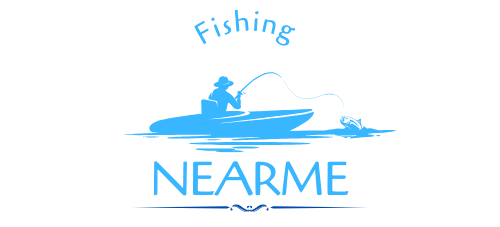Fishing in the Mariana Trench, the deepest part of the world’s oceans, is a unique and challenging endeavor that requires specialized equipment, techniques, and a deep understanding of the extreme conditions found in this remote and mysterious environment. From the diverse array of deep-sea fish species to the specialized fishing methods employed, this blog post will delve into the fascinating world of Fishing in the Mariana Trench.
Major Fish Types Caught for Human Consumption in the Marianas Archipelago
The Marianas Archipelago, which includes the Mariana Trench, is home to a diverse array of fish species that are caught for human consumption. Some of the major fish types found in this region include:
-
Deep-sea Fish: Species such as the anglerfish, viperfish, and gulper eels are found in the deep waters of the Mariana Trench. These fish have adapted to the extreme conditions of the trench, including high pressure and limited light, and are often targeted by deep-sea fishing operations.
-
Pelagic Fish: Fish like tuna, marlin, and mahi-mahi are found in the upper layers of the ocean and are also caught for human consumption in the Marianas Archipelago.
Fishing Methods Used for Each Type

The fishing methods employed in the Marianas Archipelago vary depending on the target species and the depth at which they are found.
Deep-sea Fishing
Deep-sea fishing in the Mariana Trench requires specialized equipment and techniques to withstand the extreme pressures and depths. Some of the methods used include:
- Longlines: Long lines with multiple baited hooks are deployed at great depths to target deep-sea fish species.
- Deep-sea Trawls: Large nets are used to sweep the seafloor, capturing a variety of deep-sea fish and other marine life.
Pelagic Fishing
Pelagic fishing methods are used to target fish in the upper layers of the ocean. These include:
- Trolling: Fishing lines with lures or bait are towed behind a moving boat to catch pelagic species like tuna and marlin.
- Longlining: Similar to deep-sea longlining, but targeting pelagic species in the upper ocean layers.
- Purse Seining: Large nets are used to encircle and capture schools of pelagic fish, such as tuna.
Preferable Fishing Methods from a Management Perspective
From a management perspective, fishing methods that prioritize sustainability and minimize bycatch are generally considered preferable. This includes techniques that:
- Reduce the impact on sensitive habitats and ecosystems
- Ensure the long-term viability of fish populations
- Minimize the capture of non-target species
Unique Challenges and Adaptations for Fishing in the Mariana Trench
Fishing in the Mariana Trench presents a unique set of challenges due to the extreme conditions found in this deep-sea environment.
Pressure and Depth
The Mariana Trench is the deepest part of the world’s oceans, reaching depths of over 10,900 meters (35,853 feet). The immense pressure at these depths, which can be over 15,000 pounds per square inch, requires specialized equipment and techniques to withstand.
Fish Adaptations
The fish species found in the Mariana Trench have evolved unique adaptations to survive the extreme conditions of the trench, such as high levels of trimethylamine oxide (TMAO) to stabilize proteins under pressure.
Human Limitations
Humans are not naturally adapted to the extreme pressures and depths of the Mariana Trench. Exploring and fishing in this environment requires the use of specialized submersibles or other equipment that can withstand the conditions.
Cost, Timings, and Directory
Fishing expeditions in the Mariana Trench can be costly due to the specialized equipment and techniques required. The timing of these expeditions must also be carefully planned to take advantage of the best conditions for catching fish.
The Mariana Trench Marine National Monument is managed by a collaborative effort between NOAA, the U.S. Fish and Wildlife Service, and the Commonwealth of the Northern Mariana Islands Government. For more information, visit the NOAA Fisheries website.
